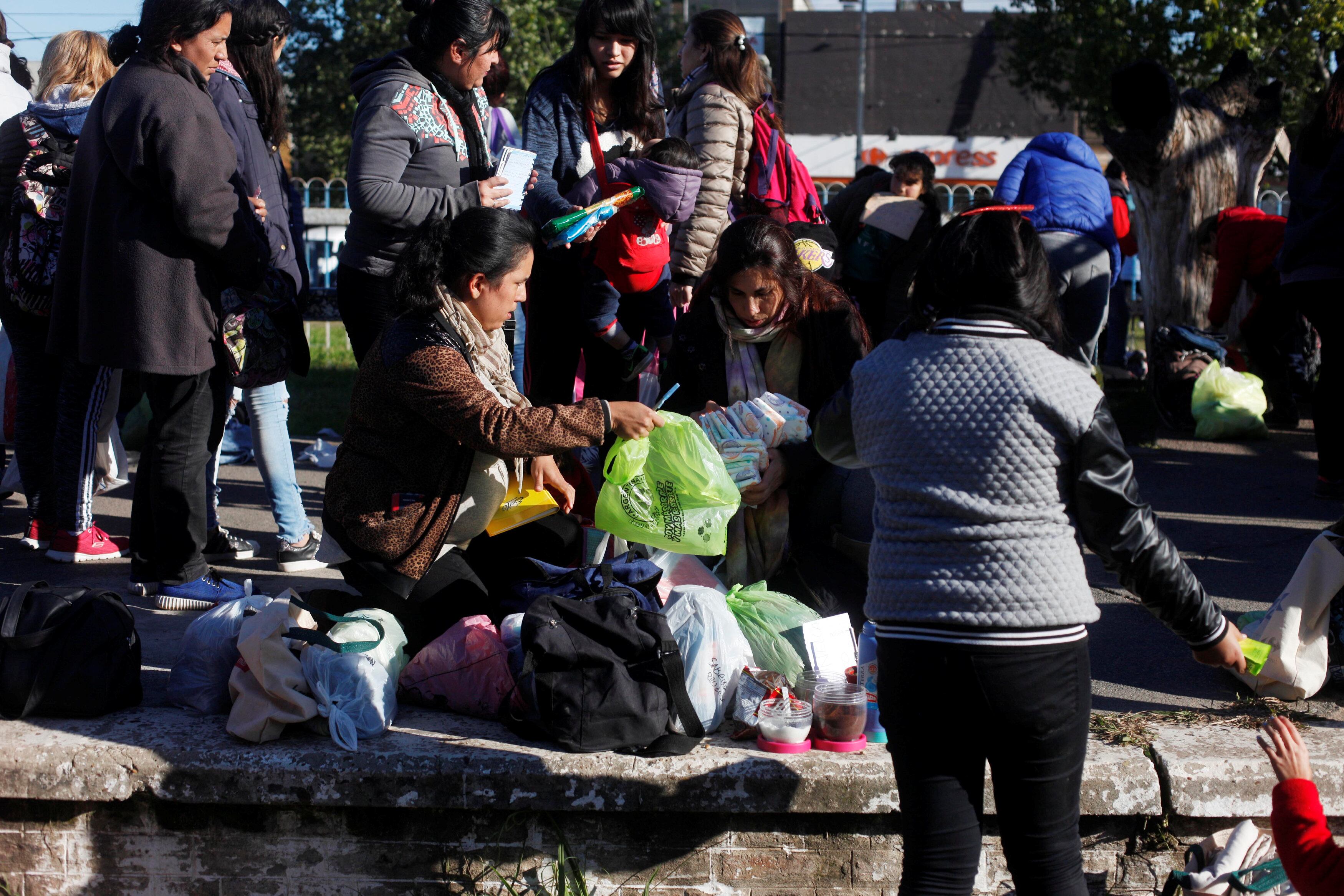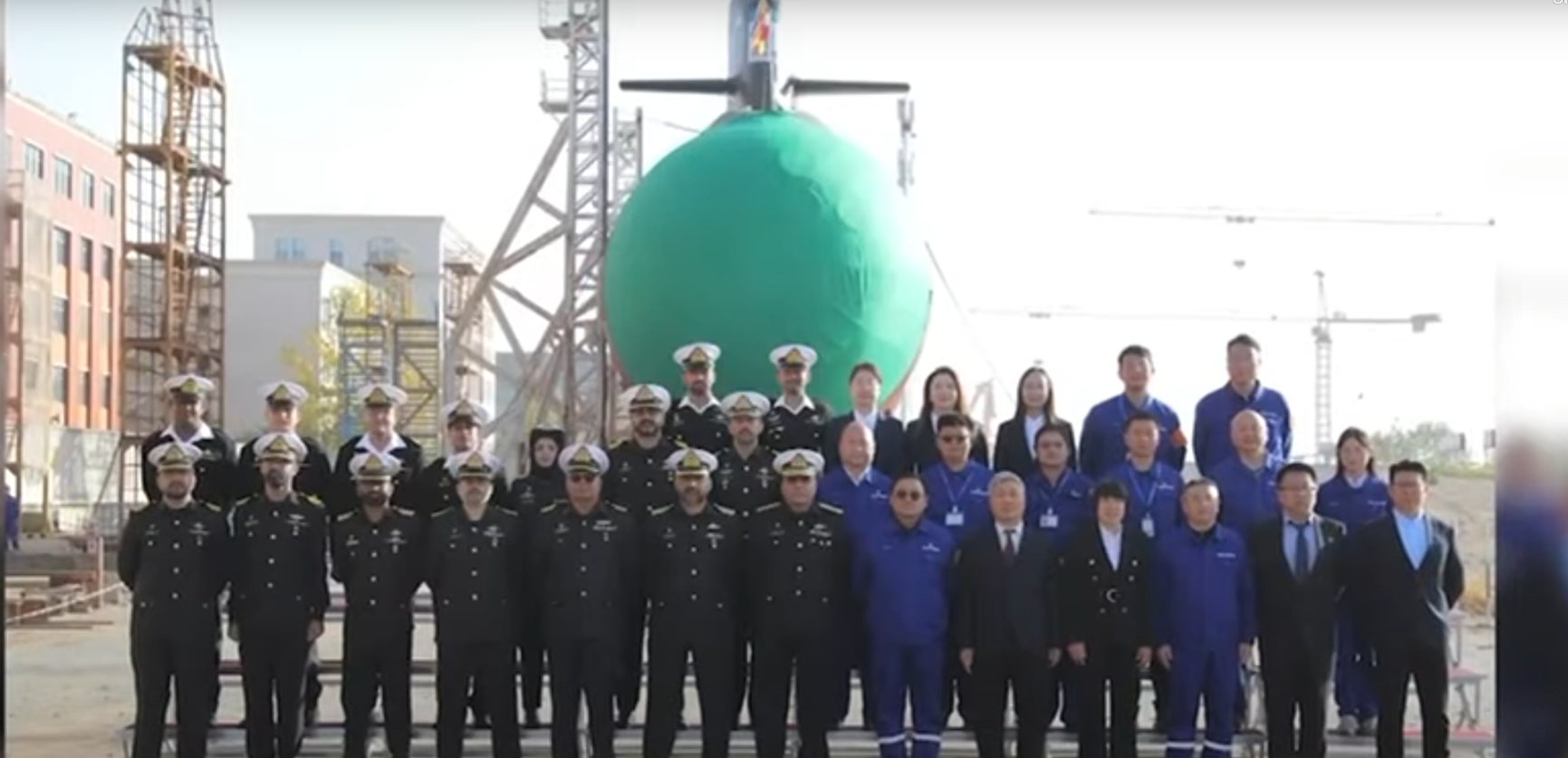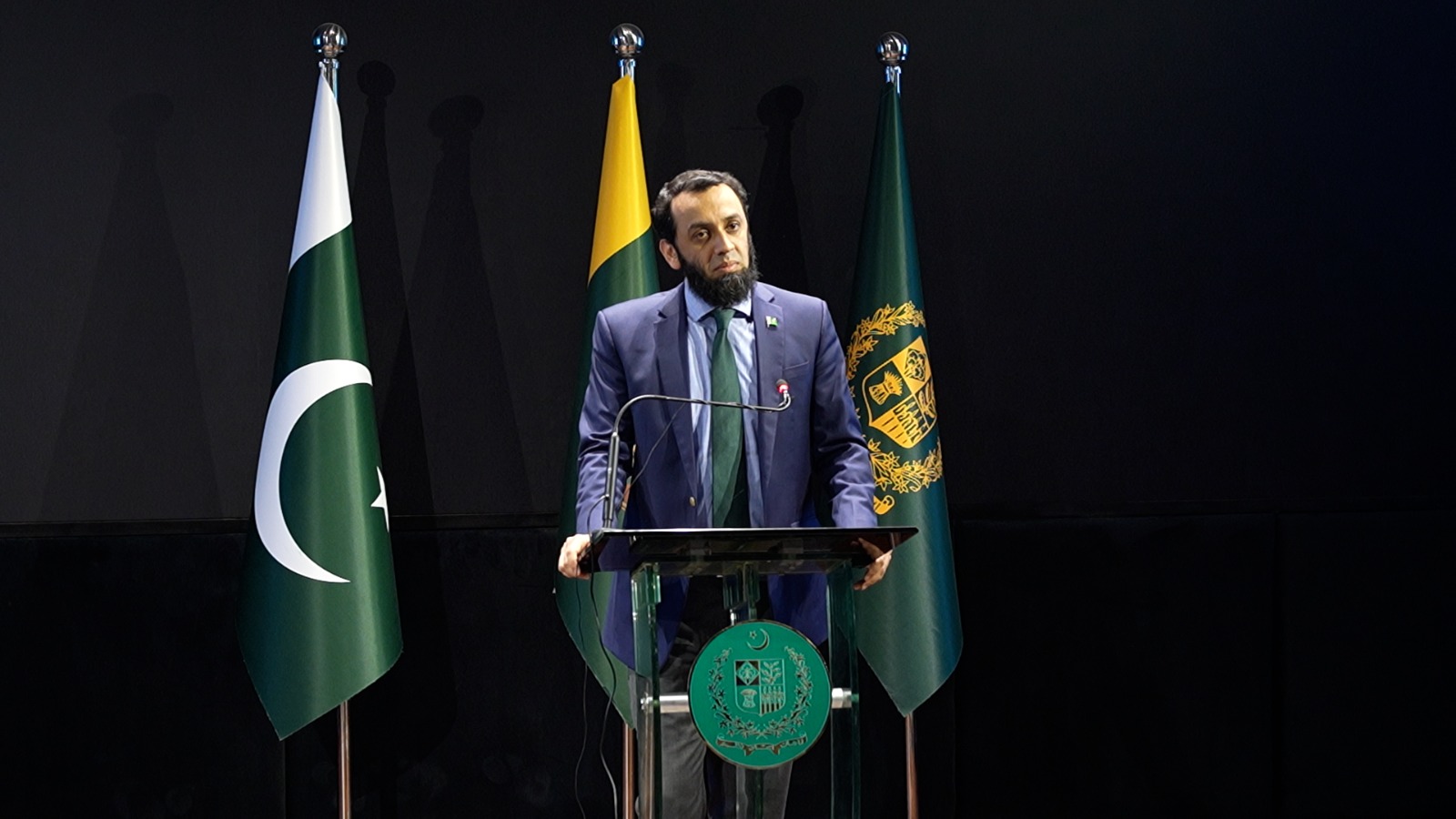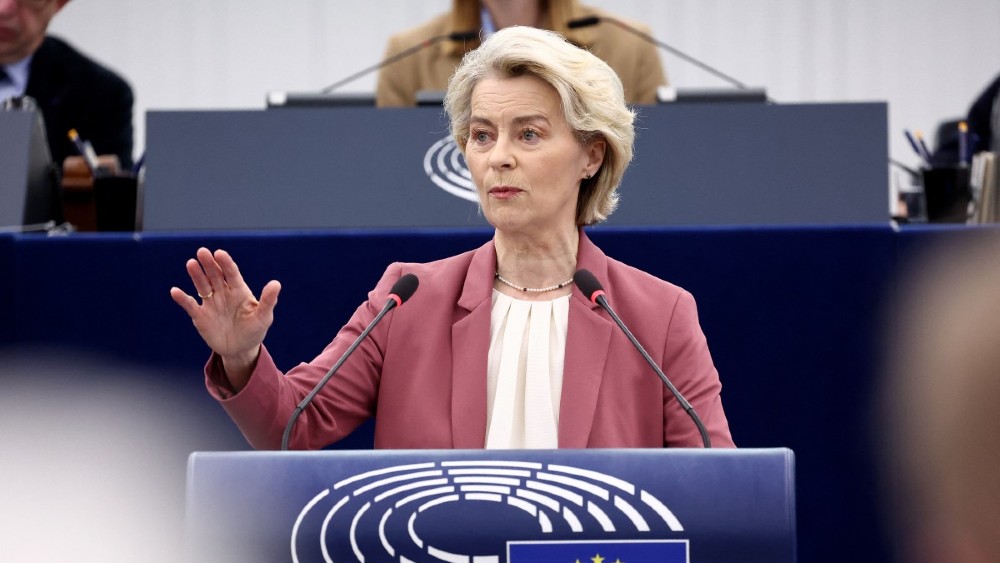In the age of digital trade, why are developing countries turning to barter?

People barter goods in San Miguel market, on the outskirts of Buenos Aires, Argentina. (REUTERS)
ISLAMABAD: At first glance, it feels almost anachronistic—two countries announcing a barter agreement in the third decade of the 21st century, in a world hurtling towards a cashless economy. Yet, this is precisely the economic route countries like Pakistan, Iran, and Russia seem to be charting in 2025.
On Sunday, Pakistan and Iran formally signed an amended Business-to-Business (B2B) Barter Trade Mechanism, first introduced in 2023, aimed at boosting bilateral trade between the two sanction-hit economies. The news was confirmed by Pakistan's Ambassador in Tehran, Muhammad Mudassir Tipu.
According to Tipu, the revised statutory regulatory order (SRO) followed “an exhaustive process of deliberations,” and addressed longstanding concerns of the business communities in both countries. He expressed optimism that the framework would "substantially elevate Pakistan-Iran trade and diversify its base."
Business bodies and chambers of commerce were encouraged to circulate the SRO among their members to enable them to capitalize on what he termed “mutually-beneficial trade dividends.”
This development follows another high-profile barter deals. In October 2024, Pakistan signed a barter deal with Russia in Moscow. According to Pakistan’s Special Investment Facilitation Council (SIFC), the agreement involved Russian firms and Pakistani companies exchanging agricultural commodities such as chickpeas, rice, mandarins, potatoes, and lentils.
The deals were sealed during the first-ever Pakistan-Russia Trade and Investment Forum, with over 60 Pakistani firms showcasing goods and services with a combined export value exceeding $500 million.
The forum also featured high-ranking Russian officials and banks, who expressed an interest in alternative payment mechanisms given the continuing SWIFT sanctions on Russia.
Why barter? Why now?
The resurrection of barter as a tool of statecraft and economic survival has not gone unnoticed. Once relegated to history books, barter has made a curious comeback.
To be clear: this isn’t romantic nostalgia for ancient trade routes or a step toward alternative economic utopias. Rather, it is a direct response to modern geopolitical and financial constraints, especially in economies heavily burdened by sanctions, currency volatility, and restricted access to global banking infrastructure.
According to economist Dr Ikramul Haq, barter offers developing countries like Pakistan a strategic lifeline in a world where Western-dominated financial institutions and reserve currencies—primarily the US dollar—remain gatekeepers of international trade. For nations under sanctions such as Iran and Russia, barter becomes less of an option and more of a necessity.
“The bartering system helps to end dependence on keeping foreign exchange reserves and mitigate fluctuations,” Dr Haq explained. “In case of Iran and Russia, the additional reason is sanctions on banks imposed by the US and other states.”
This also explains why Dr Haq advocates for Pakistan to expand such mechanisms to all "Golden Ring" countries—a term sometimes used to refer to the emerging bloc of Russia, China, Iran, Turkey, and Pakistan.
Iran: A crisis economy
Iran’s embrace of barter is less a strategic pivot than an act of economic survival. Its 2025 macroeconomic outlook is, by most accounts, grim. According to the World Bank, Iran is projected to experience a 1.7% contraction in GDP this year, with the Iranian Parliament's own research center forecasting -0.3% growth in the first half alone.
This is compounded by inflation, with the International Monetary Fund (IMF) projecting a 43.3% inflation rate for 2025, up from 32.6% in 2024.
Sanctions are at the heart of Iran’s economic woes. Renewed UN sanctions, reinstated in September 2025, have severely impacted the country’s oil revenue and foreign exchange reserves. The 12-day war with Israel only accelerated inflationary expectations and currency depreciation.
Meanwhile, Iran’s currency is in free fall. While officially pegged at 42,000 IRR per USD, the free-market rate is substantially worse. In the most pessimistic—but widely accepted—scenario outlined by the Iranian Chamber of Commerce, inflation could hit 90% and the exchange rate could reach 165,000 tomans (equivalent to 1.65 million rials) per dollar by the end of the year.
Poverty is escalating just as quickly. The World Bank estimates that 32.7 million Iranians, out of a population of 86 million, now live on less than $8.30/day, the international poverty threshold. Despite a life expectancy of 77.7 years, Iran’s per capita GDP stands at $5,528.9, with total GDP at $475.3 billion (in 2024).
Against this backdrop, barter offers Tehran a path—however limited—to bypass the dollarized international system and maintain trade flows without exhausting its dwindling reserves and navigating sanctioned banking channels.
Russia: Sanctioned but still trading
The Russian economy, though more resilient than Iran’s, is also being dragged toward alternative trade arrangements by necessity. Following years of Western sanctions over the war in Ukraine, Russia's access to the global banking system remains severely constrained.
The IMF’s 2025 report revised Russia’s GDP growth forecast to 0.6%, down sharply from 4.3% in 2024. While not collapsing, the Russian economy is clearly losing steam.
Several factors are contributing to this slowdown:
1. High interest rates imposed by the Central Bank to curb inflation
2. Reduced oil revenues due to global price volatility and export limits
3. Dwindling fiscal reserves, which had previously cushioned the impact of sanctions
Inflation remains persistent, projected at 9% in 2025—more than double the global average. Meanwhile, the ruble, which has seen periods of extreme volatility, is currently trading at around 81 per USD. Some analysts predict a gradual devaluation, with one Central Bank survey expecting it to average 102 per USD before year’s end.
Still, Russia has adapted in typical Kremlin fashion—by building elaborate sanctions evasion networks and deepening ties with countries willing to trade outside the dollar-based system. India, the UAE, and China continue to do business with Moscow, albeit with their own forms of risk mitigation.
For Pakistan, therefore, entering a barter arrangement with Russia isn't just symbolic—it’s practical. It offers access to agricultural exports, manufacturing goods, and even energy commodities, without dealing with SWIFT-related complications.
Is barter a long-term economic model?
Barter is not without its critics. Most mainstream economists and leading financial institutes—including Merwan Engineer, Shouyong Shi and even David Graeber—consider it inefficient or inherently limited.
Without a standard medium of exchange, trade requires perfect bilateral balance—something rare in complex global supply chains. There are also logistical challenges: matching needs, coordinating delivery timelines, and ensuring equivalency in value.
However, in sanction-heavy geo-economic environments, these inefficiencies are often deemed a worthwhile price to pay for strategic autonomy. As Dr Haq noted, barter arrangements allow developing economies to maintain trade relationships, conserve foreign reserves, and resist dependency on Western financial systems.
That said, barter alone is not a remedy. For it to function as a sustainable supplement—not just a sanction workaround—countries must build legal frameworks, logistics networks, and valuation protocols. The involvement of chambers of commerce, as seen in the Pakistan-Iran SRO, is a step in that direction.
But the elephant in the room remains: is this a temporary adaptation, or a signal of a deeper shift in the global economic order?
Beyond barter
Some experts see the return of barter not as nostalgia, but as a prelude to a new parallel financial system—a multipolar world where dollar hegemony is diluted by yuan, and local currencies backed by commodity exchange or digital tokens.
Efforts like Russia’s Mir payment system, China’s digital yuan, and bilateral clearing mechanisms between BRICS nations indicate that barter may be a stepping stone toward broader de-dollarization efforts.
If so, Pakistan, Iran, and Russia are early adopters of a model born not of economic idealism but of necessity—required due to sanctions, resource constraints, and diplomatic isolation.
Final thoughts
Barter, once dismissed as archaic, now occupies an unlikely position in the toolbox of 21st-century economic diplomacy. While unlikely to replace modern financial systems, it offers a stopgap—and in some cases, a strategy—for nations navigating a world of geopolitical fragmentation and asymmetric economic power.
Latest News
Pakistan launches fourth Hangor-class submarine ‘Ghazi’ at China shipyard naval
6 MINUTES AGO

Winners of 2026 World Cup to pocket $50 million in prize money
2 HOURS AGO

Warner Bros. Discovery rejects Paramount bid
3 HOURS AGO

Pakistan demands apologies over false Bondi attack reports, disinformation campaign
4 HOURS AGO

Coming days crucial for keeping Ukraine funded: EU chief
6 HOURS AGO
